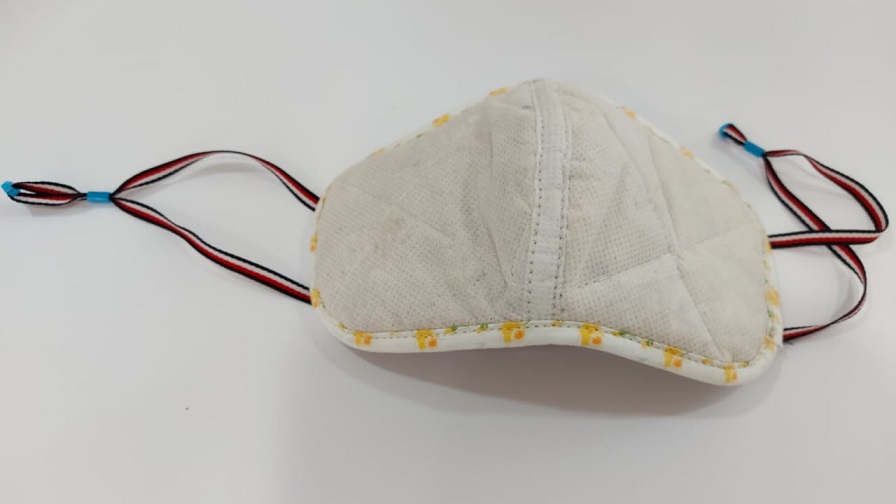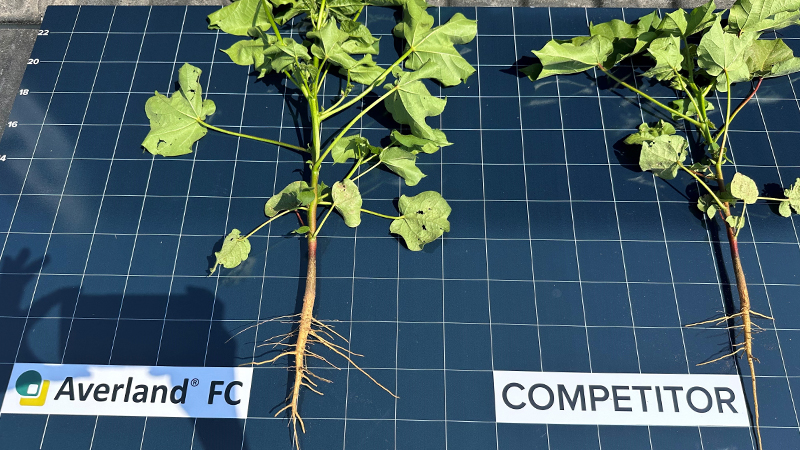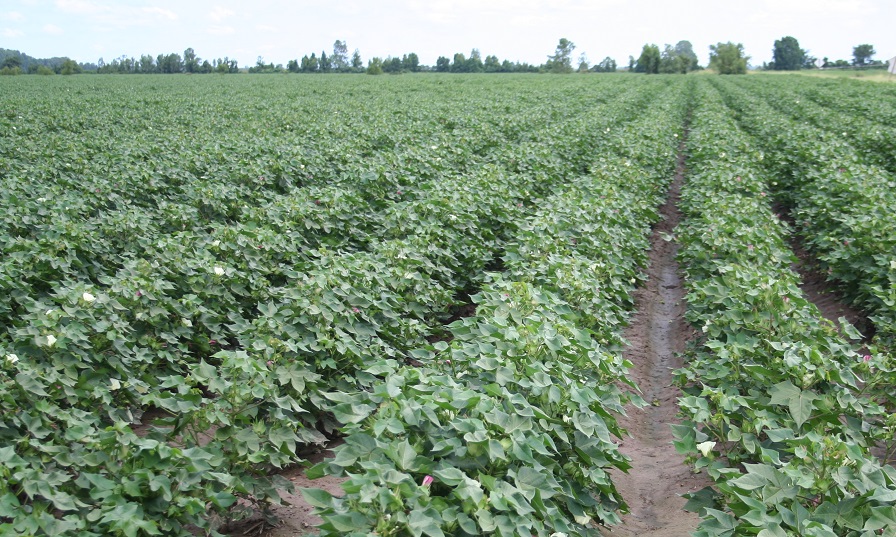Region by Region
In India, cotton is primarily cultivated in three distinct agro-ecological zones (North, Central and South). In addition, cotton is also cultivated in a small area of non-traditional states such as Uttar Pradesh, Orissa, West Bengal and Tripura. It is inherently a semi-perennial crop, but it is being grown as an annual/seasonal crop in India.
Approximately 65 percent of India’s cotton is grown on dry land and 35 percent is grown on irrigated land. The Northern zone is almost totally irrigated, while the irrigated area is much lower in the Southern zone (40 percent irrigated) and Central zone (23 percent irrigated). The Central zone is home to about 60 percent of the total cotton area of our country.
In the rain-fed growing areas, rainfall ranges from 400 to 900 millimeters per year. Coupled with an aberrant precipitation pattern over the years, this leads to large-scale production. In the irrigated tract, canal and well irrigations are available. These areas are mostly covered by hybrids, upland cotton and diploid species. G. barbadense is grown on a very little area (3 percent) in Tamil Nadu and Andhra Pradesh. G. herbaceum is limited to Gujarat and Karnataka. G. hirsutum and G. arboreum are grown in all of the major cotton growing states of India.
The North zone, comprised of Punjab, Haryana and Rajasthan, is irrigated cotton area and cultivated during the kharif, or rainy, season in the Indo-Gangetic alluvial soils. The climate is adverse at sowing season, with high temperatures — and the growing period is limited to six months (May to October). Being irrigated, the productivity in the North is higher than the other two zones. This zone contributes nearly 15.81 percent of the total cotton area and 16.9 percent of the total cotton production of the country.
The Central zone is comprised of the rain-fed tracts of Madhya Pradesh, Maharashtra and Gujarat. The predominant area is under black soil (vertisols), which is subjected to runoff, soil erosion and nutrient losses. This area is known as a hirsutum, arboreum, herbaceum and hybrid cotton species zone. Cotton is grown here as in the mono crop or intercropping system. The zone is characterized by a hot, semi-arid climate, with mostly shallow to medium and deep black soils. This zone contributes nearly 65 percent of the total cotton area and 52 percent of the total cotton production of India.
The South zone, comprised of Andhra Pradesh, Karnataka and Tamil Nadu, is a zone known for growing hirsutum, arboreum, herbaceum, barbadense and hybrid cotton species. Cotton cultivation is performed under both irrigated and rain-fed conditions. Soils of this zone are black and red and poor in fertility. The area is well known for growing long and extra long staple barbadense cottons. Cotton is grown in the South as a sole crop or as an intercropping system with onion, chili, cow pea, maize and other crops. Cotton/rice rotation is also followed in this region. This zone contributes nearly 18.49 percent of the total cotton area and 31.17 percent of the total cotton production of the country.
Regional Challenges
The two major impediments to cotton cultivation in India are the predominance of rain-fed areas and the high level of pests. In the Central zone, nearly 80 percent of the area is rain-fed and subject to the vagaries of monsoon. In addition, the area is subject to the low-input cultivation of marginal lands and pest management complexities.
In the North zone, adverse factors include a rising water table, salinity and high temperatures during the early stages of cotton growth.
The South zone grows quality cotton, including hybrids, but does so against the vagaries of monsoon and pests. The inadequate transfer of technology, paucity of quality seeds, high cost of cultivation, multiplicity of varieties and indiscriminate use of pesticides are the main reasons for low productivity of cotton in this region.
While cotton production in India has increased to the level of self-sufficiency, despite rising requirements from the domestic textile industry, there has been a progressive decline in fiber quality.
The rising cost of cotton in terms of inputs, labor and pest management — and the declining profitability of cotton cultivation — has become a matter of grave concern.
Despite long and extensive research being carried out, over the last few decades, yield level in India has increased only marginally. On the other hand, spectacular increases in yield have been witnessed in countries such as Australia, China and Turkey.
Due to low productivity and the high cost of cultivation, domestic prices of cotton have remained higher than international prices.
The high level of contamination and trash in Indian cotton is also being addressed by the government and other agencies. The facilities provided by regulated markets to farmers were inadequate due to their poor infrastructure, which led to poor quality as compared to many other countries.
Most of the ginning and pressing units were old and outdated, having poor infrastructural facilities. Due to this, not only was the quality of cotton deteriorating, but efficiency was low in terms of ginning percentage.
The main losses in cotton production, however, are due to susceptibility to about 162 species of insect pests and diseases. Among the insects, cotton bollworms are the most serious pests in India, causing significant annual losses in the cotton crop.
Moreover, indiscriminate use of pesticides has adverse effects on natural predators and parasites of bollworms. Use of pesticides also leads to environmental pollution (of soil and water), an increase in the cost of cultivation and, sometimes, the development of resistance in insects against insecticides.
Cotton is considered the “king” of textile fibre in India and is one of the most significant contributors to our national economy. It provides sustainable livelihood for millions in the rural population. Continued progress in the Indian cotton industry is essential.








